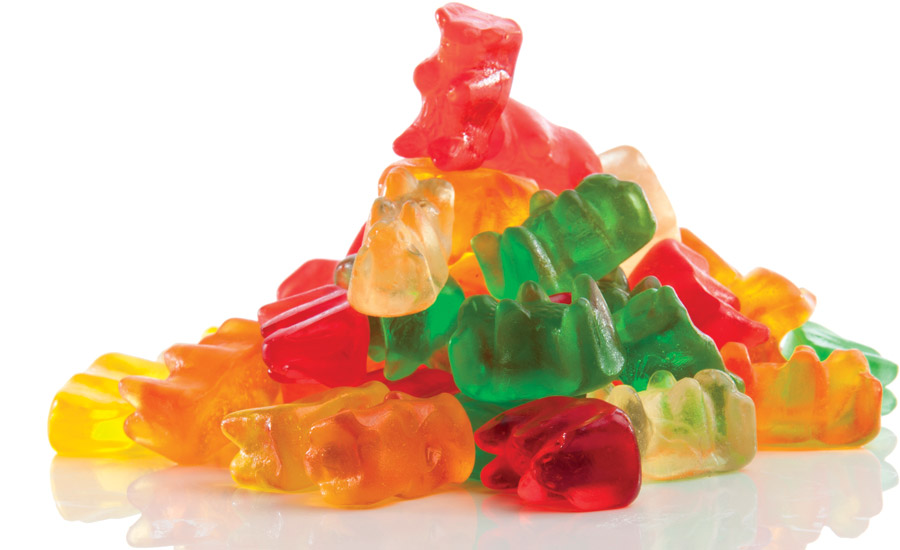Editor’s Note: For a look at the science behind how emulsifiers work and how they can help with fat reduction, check out part one of this series, “How emulsifiers help with fat reduction.”
Emulsifiers, which combine the fat and water elements of confectionery, offer a wide range of potential benefits.
Specifically, they also can help extend the shelf life of some confections, particularly sticky ones like taffy, as they improve or regulate crystallization.
“It’s really important to not understate the importance of crystallization for emulsions used in confectionery,” says Margaret Walsh, senior scientist, Corbion. “Stability improvement is one of the most common requests we get from confectionery customers. Where emulsions in candy are used, well-developed crystallization helps assure that stability expectations are met. Getting the right crystallization from the perfect emulsifier is an excellent way to ensure ongoing consumer satisfaction and loyalty.”
Emulsifiers also can help with the shelf life of other products, explains Marco Oomen, global business director – Chocolate & Confectionery, AAK.
“The right lecithin acting as emulsifier and natural antioxidant enables to extend the shelf-life of various confectionery products, such as chocolate, chocolate coatings, fudge and toffees,” Oomen says.”Our product range encompasses lecithins of wide HLB balance to formulate the products with extended visual, organoleptic and texture stability,”
In fact, AAK is working on an HOSO-based release agent delivering better antioxidation properties and improving shelf-life.
Creating clean label emulsifiers
Although emulsifiers are necessary for confectionery, and they can even make products healthier, some consumers have pushed for ingredient companies to create clean label versions.
“Increasingly, consumers want products made with simple, recognizable ingredients,” says Wen-Juin Shieh, senior technical services manager, Cargill. “As a result, some confectioners have chosen to replace the mono and diglyceride emulsifiers traditionally used in confection applications with sunflower or canola lecithin. To support label-friendly formulation, Cargill’s line of lecithin products is sourced exclusively from plants and is available with non-GMO sourcing.”
Oomen says AAK also is focused on natural emulsifiers of plant origin, soy, sunflower and rapeseed.
“Lecithin contains high concentration of phospholipids, primarily phosphatidylcholine, which polar molecules determine the functionality as a multipurpose food ingredient and nutrient, supporting cognitive, emotional and liver health,” he explains.
Walsh says. “Label-friendly” will be an increasingly important priority going forward, with consumers scrutinizing packaging more carefully than ever before.
“As a result, product developers should look for emulsification solutions that go beyond simple functionality, and are themselves clean label, to avoid more reformulation further down the line when attention inevitably turns to these lower profile ingredients,” Walsh says.
Along those same lines, there also has been an increased demand for emulsifiers that can bind clean-label ingredients.
“As a fundamentally indulgent ‘treat’, confectionery hasn’t been in the clean label spotlight quite as much as other sectors,” Walsh explains. “Most of the clean label attention right now in this industry is on artificial colors and flavors — and to a lesser extent, sweeteners. However, the rising use of natural colors and flavors, whose dispersibility can vary significantly, has increased demand for emulsifiers, which are needed to distribute them more evenly throughout the candy.”
READ MORE: For part one of this series on emulsifiers, check out “How emulsifiers help with fat reduction.”




